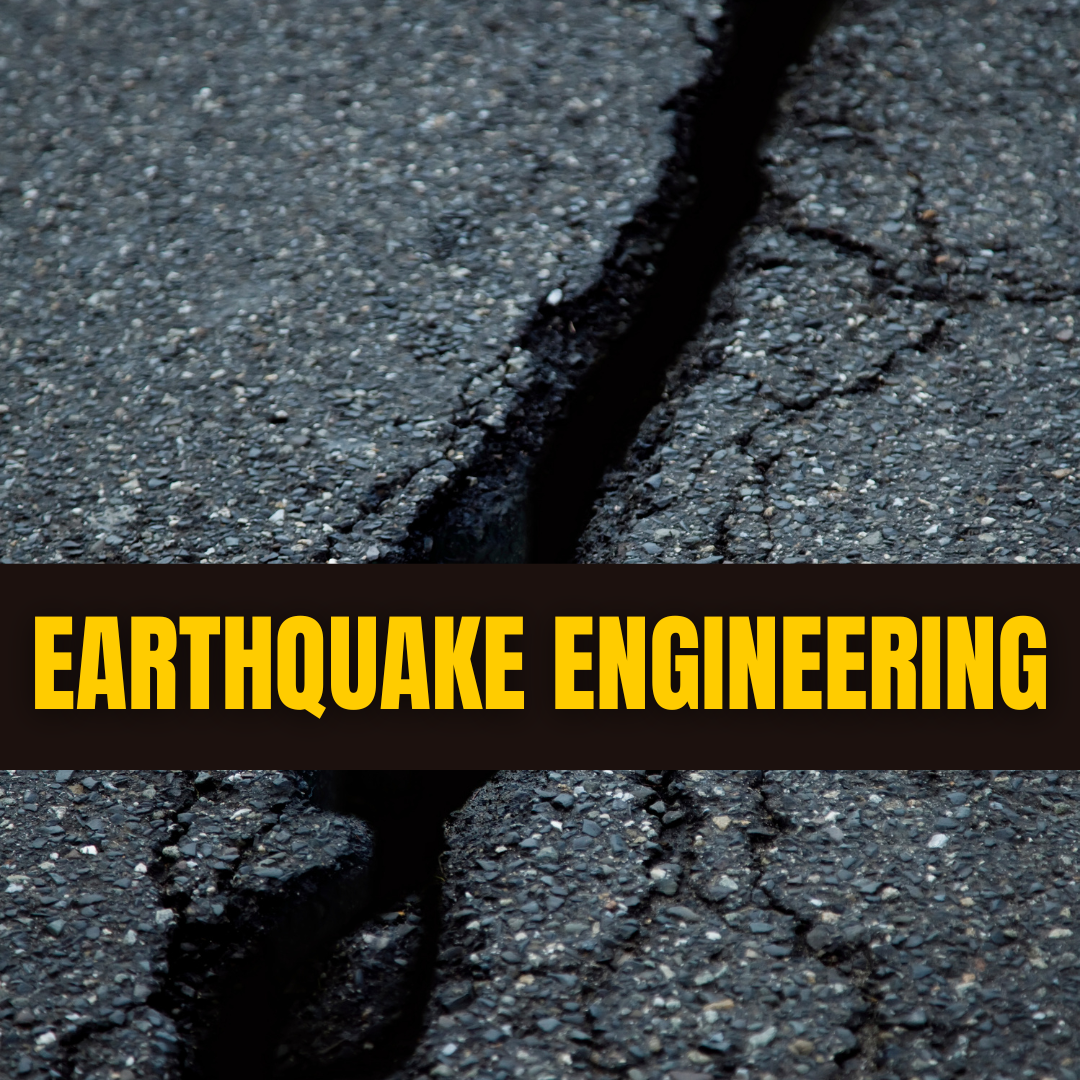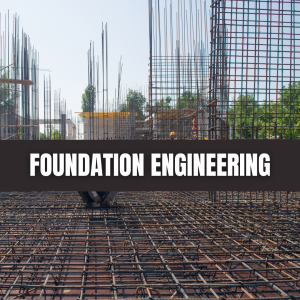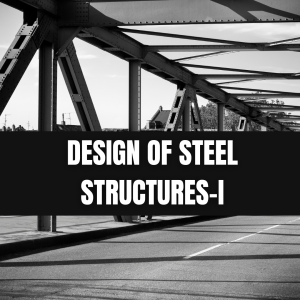Elements of Earthquake Engineering
13.98$
About the course
Earthquake Engineering covers the basics of Earthquakes and Seismology, along with the History of Earthquakes in India and several Seismic Zones. To study earthquakes, mathematically, it becomes evident to learn about Vibrations and Damping. We also discuss Forces related to Earthquakes and their Effect on Different Systems. In the end, we learn about the Building of Earthquake-Resistant Buildings as per IS 4326, IS 13920, and IS 1893-2002 Part-I.
What will you learn?
The complete online syllabus of this course comprises 4 Learning Modules | 95 Topics of Learning | 5 Hours of Learning | 16 Assessments
Module
- Introduction to Earthquakes
- Vibrations and Damping
- Lateral Forces and Analysis
- Structural Properties and Design
Topics of Learning
- Introduction to Earthquakes
- Causes of Earthquakes
- Basic Terminology
- Magnitude of Earthquakes
- Intensity of Earthquakes
- Characteristics of earthquakes
- Peak ground motion parameters
- Earthquakes in the recent past
- Lessons learnt from the past earthquakes
- Types of Damages to Buildings
- Engineering Seismology
- Seismic Zoning Map of India
- Strong Motion Studies in India
- Strong Motion Characteristics
- Evaluation of Seismic Design Parameters
- Site effects
- Earthquake response of structures
- Idealization of structures
- Introduction to theory of Vibrations
- Sources of vibrations
- Types of vibrations
- Degrees of freedom
- Spring action and damping
- Equation of motion of S.D.O.F. systems
- Free vibration of undamped system
- Free vibration of viscous damped system
- Forced vibration of viscous damped system
- Earthquake excitation (Base excitation)
- General Solution
- Green’s Function
- Types of Lateral Forces
- Lateral Force analysis
- Equivalent lateral force concepts
- Torsionally coupled systems
- Orthogonal Effects
- Floor Diaphragm Action
- Effects of soil-structure interaction
- Philosophy of earthquake resistant design
- Moment resisting frames
- ShearWalls
- Seismic behaviour of concrete
- Steel and Masonry Structures
- Material Properties
- Concepts of seismic design
- Lateral Strength
- Stiffness
- Ductility
- Structural Configuration
- Analysis of members under cyclic loads
- Concepts of Structural Control
- Estimation of lateral forces due to earthquake
- IS 1893-2002 Part-I
- Provisions of IS 4326
- Provision of IS 13920
- Ductility Considerations in Earthquake Resistant Design of RC Buildings
- Earthquake Resistant Design of a Four-storey RC Building Based on IS 13920: 1993
- Earthquake Resistant Design of Shear Wall as per IS 13920: 1993
- Capacity Based Design-An Approach for Earthquake Resistant Design of Soft Storey RC Buildings
- Identification of Damages and Non-Damages in Masonry Buildings from Past Indian Earthquakes
- Elastic Properties of Structural Masonry
- Lateral Load Analysis of Masonry Buildings
- Seismic Analysis and Design of Two-storeyed-Masonry Buildings
- Seismic Evaluation of Reinforced Concrete Buildings: A Practical Approach
- Seismic Retrofitting Strategies of Reinforced Concrete Buildings
- Seismic Retrofitting of Reinforced Concrete Buildings-Case Studies
- Seismic Provisions for Improving the Performance of Non-engineered Masonry Construction with Experimental Verifications
- Retrofitting of Masonry Buildings
For a quick review, please watch our videos here 




